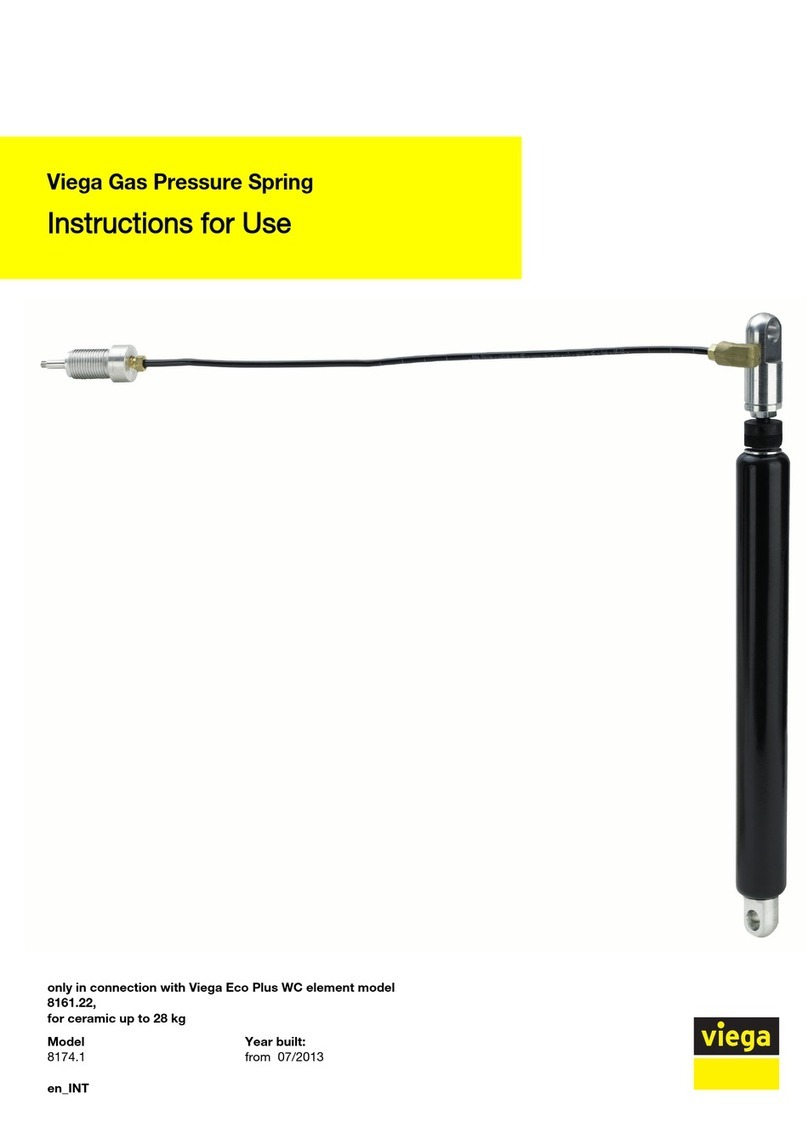
3 of 40IM-HC 530590 0621 Climate Trak (EN)
Table of Contents
Table of Contents
1 About this Document ______________________________________ 5
1.1 Disclaimer ____________________________________________ 5
1.2 Symbols Used _________________________________________ 5
2 System Overview _________________________________________ 6
2.1 Application Benets ____________________________________ 6
2.1.1 Climate Trak ____________________________________ 6
2.1.2 Heat Transfer Plates _____________________________ 6
3 System Design ____________________________________________ 7
3.1 Calculating a Materials List ______________________________ 7
3.2 Heat Loss Calculations for Floor Heating Systems ___________ 8
3.3 Calculating the Supply Water Temperature _________________ 9
3.4 Calculating the Floor Surface Temperature ________________ 10
3.5 Calculating the Pressure Drop ___________________________ 11
3.6 Selecting a Circulator Pump ____________________________ 12
4 Climate Trak / Heat Transfer Plate System Installation _______ 13
4.1 Pre-Installation Tips ____________________________________ 13
4.1.1 Avoiding Obstructions ___________________________ 13
4.2 Clearing the Bays _____________________________________ 14
4.3 Drilling Tubing Holes ___________________________________ 14
4.4 Attaching the Traks/Plates ______________________________ 15
4.5 Installing the Tubing ___________________________________ 16
4.6 Post-Installation Tips - Insulation _________________________ 17
5 Piping and Controls _______________________________________ 18
5.1 Mixing Station and Manifolds ____________________________ 18
5.2 Radiant Systems ______________________________________ 19
5.2.1 Single Temperature Radiant System with Boiler
Modulation and Optional DHW Control ____________ 20
5.2.2 Multiple Temperature Radiant System with Boiler
Modulation and Optional DHW Control ____________ 21
5.3 Zone Wiring __________________________________________ 22
5.3.2.1 Wiring Schematic: One Zone Application ____ 22
5.3.2.2 Wiring Schematic: Multi-Zone Application ___ 23
6 System Start-Up __________________________________________ 24
6.1 Station and Actuator Installation _________________________ 24
6.2 Purging and Pressure Testing the System _________________ 25
6.2.1 Purging _______________________________________ 25
6.2.2 Pressure Testing _______________________________ 26
6.3 Adjusting the High Limit Kit _____________________________ 27
6.4 Initial Balancing _______________________________________ 28




























